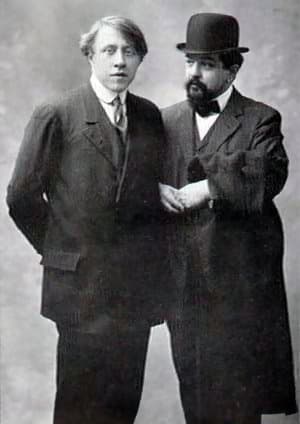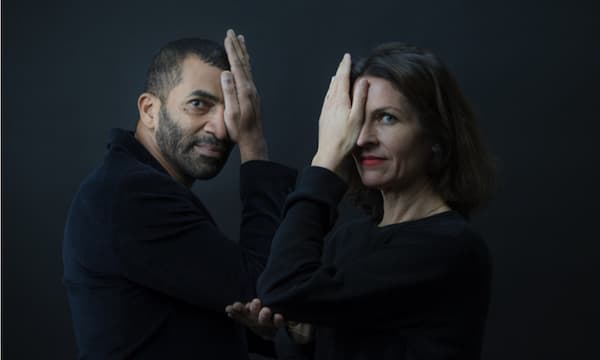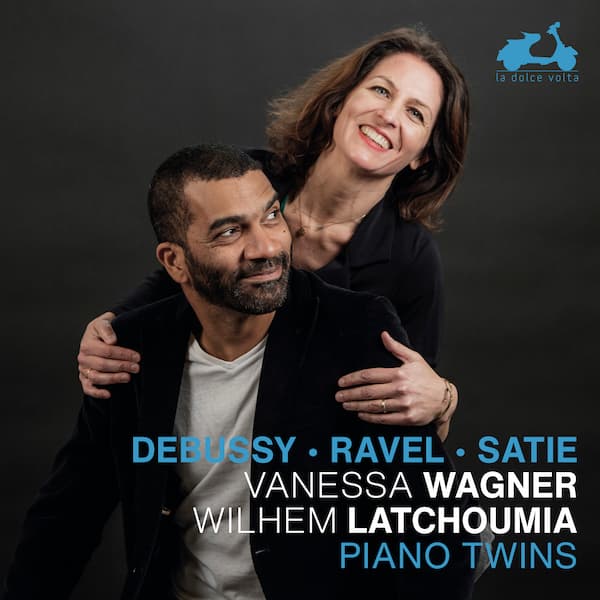by Maureen Buja
I. De l’aube à midi sur la mer (From dawn to midday on the sea)
II. Jeux de vagues (Play of the Waves)
III. Dialogue du vent et de la mer (Dialogue of the wind and the sea)
The three sections let us know that Debussy is capturing different aspects of the sea. The three great influences on his work at the time, Impressionism, Symbolism, and Japonism, all played a role in this work. If we look at the first edition of the work, the cover makes the Japan connection clear as it shows a detail from Hokusai’s The Great Wave off Kanagawa. Mount Fuji and all the boats in the water have been removed.
The cover for the full score, published by Durand et Fils in 1905, recoloured the wave from its original blue to ‘various shades of green, blue, tan, and beige.’

First edition cover
The work was given its orchestral premiere in October 1905 by the Orchestre Lamoureux conducted by Camille Chevillard. Early reception of the piece was poor, with audiences expecting rather more of the sea than the ‘agitated water in a saucer’ that the critics reported. It was only later, in 1908, that the work was a success. As conducted by the composer, it was felt that the 1908 concert presented the ‘first real performance of the piece’.
André Caplet, a long standing friend of Debussy’s made a two-piano arrangement of the work, which is used by the duet on this recording. It was published the same year as the premiere.

André Caplet and Debussy
As recorded by the piano duet team of Vaness Wagner and Wilhem Latchoumia, the use of the two keyboards to replace the orchestra gives us a different kind of work. We’re on the top of the waves, rather than in the darker waters that the orchestral version can take us into.

Vanessa Wagner and Wilhem Latchoumia (Photo by William Beaucardet)
The two performers are well aware of the different ways in which they play the piano and see value in the fact that their ‘respective touches, while not necessarily similar, go together very well (VW)’. They take up the challenge of Debussy’s orchestral timbres and how it requires a certain finesse, fluidity, and shimmer to complete the early 20th-century sound on the piano. Latchoumia quotes Debussy: ‘It was Debussy who encouraged pianists to look for a mellow sound that would make you forget the instrument has hammers. I think that sums up the way we should approach French music’.
The pianists deliberately chose to use André Caplet’s version of La mer for 2 pianos rather than Debussy’s version for 1 piano 4 hands. Even Debussy thought Caplet’s version was better than his!
Wagner and Latchoumia’s recording presents the best of French music at the turn of the century with the trio of Debussy, Satie, and Ravel, but in works that are often more famililar in the orchestra versions. Ravel’s La Valse, Debussy’s Prélude à l’après-midi d’un faune are given in their piano transcriptions. Works so familiar heard in a new guise can be so rewarding.

Debussy, Ravel, Satie: Piano Twins
Vanessa Wagner and Wilhem Latchoumia
La Dolce Volta LDV 120
Official Website